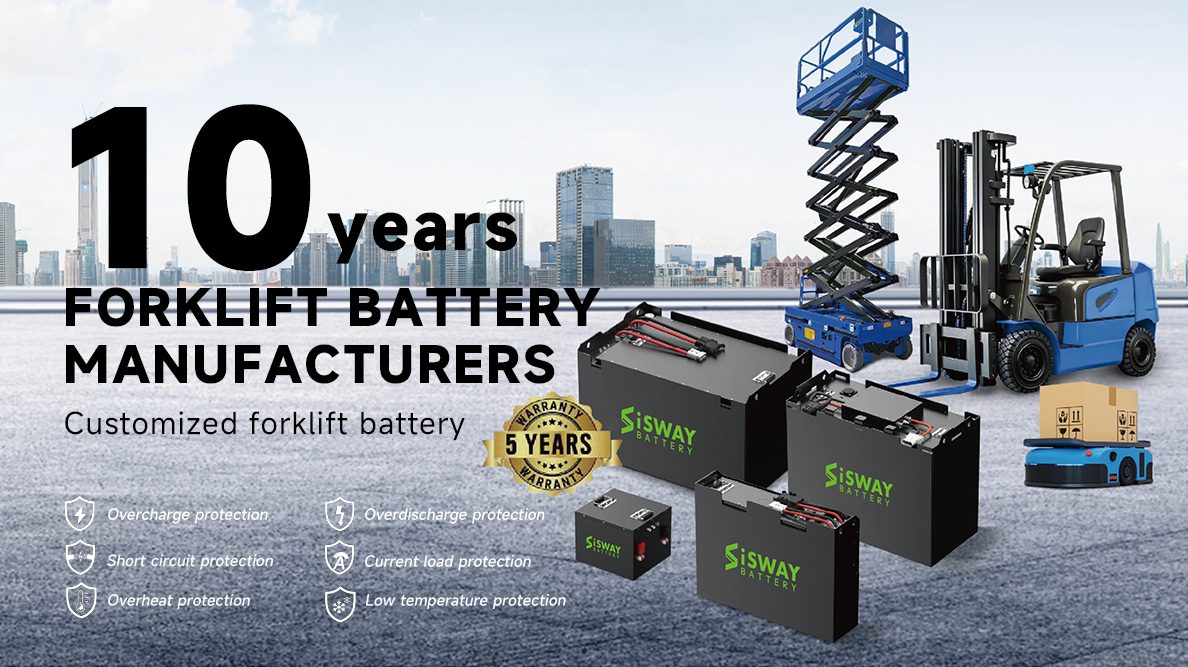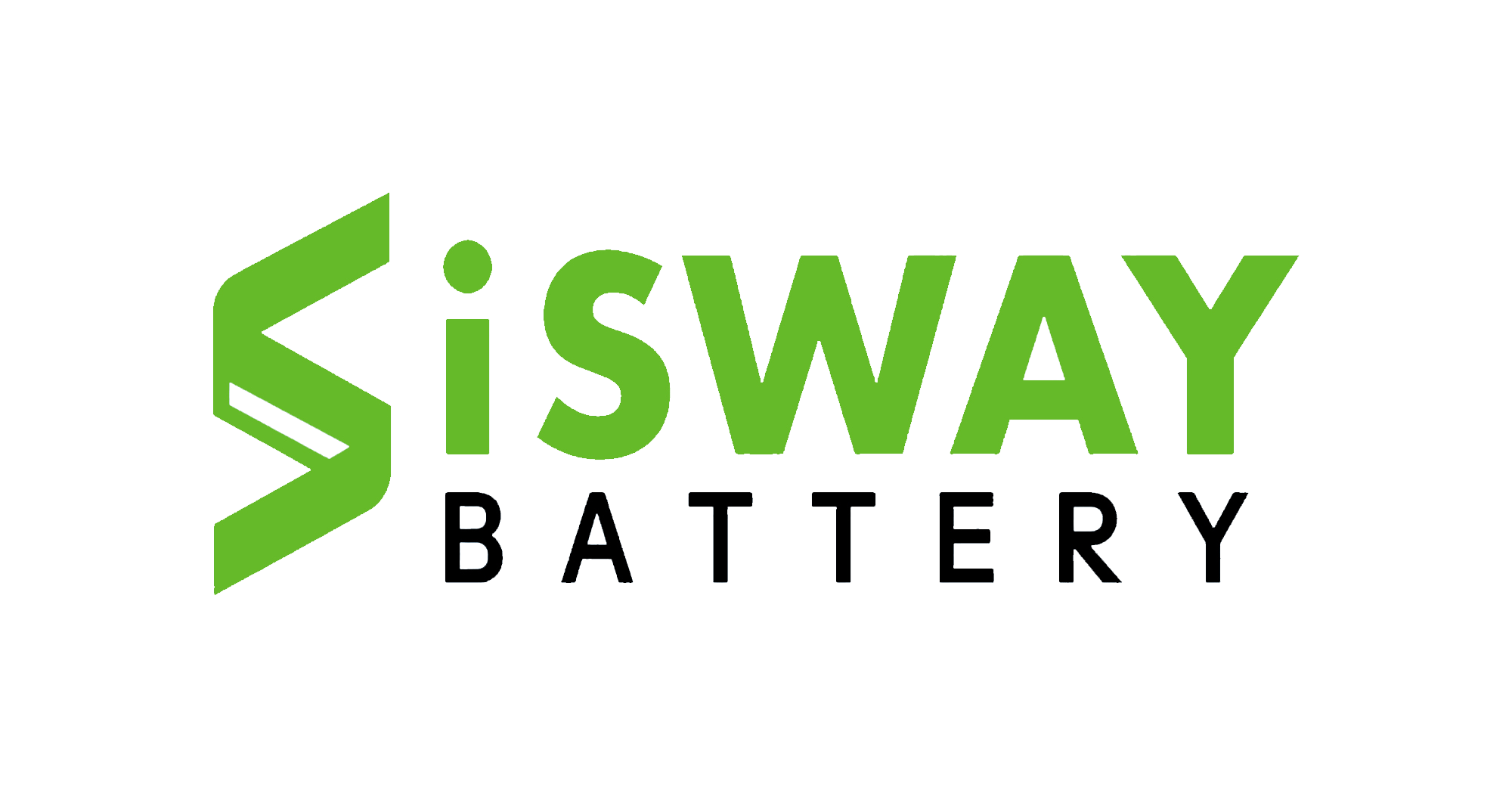Introduction
If you run a warehouse, factory, or a major logistics center—whether you’re dealing with the demanding operations in the USA, the cold-weather challenges in Canada, or the vast distribution networks of Australia—you know that the smooth running of the whole place rests on one thing: your forklift batteries.
We live in a world of demanding supply chains and continuous throughput. That’s why smart fleet managers everywhere are ditching those old, bulky lead-acid batteries and moving to the muscle, long life, and superior performance of Lithium Iron Phosphate (LiFePO4) power.
For those using 36V systems, the next big question is capacity, which we measure in Amp-hours (Ah). Comparing a standard powerhouse like the 36V 420Ah Forklift Lithium Battery against the high-capacity, heavy-duty 36V 840Ah Forklift Lithium Battery isn’t just about choosing a battery; it’s about setting your daily runtime, defining your Total Cost of Ownership (TCO), and locking in your operational flexibility.
This guide is designed to be your technical, yet straightforward, breakdown. We’ll look at the core differences, analyze the TCO for those complex multi-shift environments, and help you pinpoint the exact capacity you need to turbocharge your fleet’s runtime and overall output.
Deep Dive 1: The 36V 420Ah – The Smart, Efficient Choice
For a lot of medium-sized material handling operations, the 36V 420Ah battery is often seen as the perfect fit—it hits a “sweet spot” of runtime, appropriate weight, and excellent long-term value.
Who is this battery for?
This capacity is best suited for:
- Solid Single Shifts: When your forklift needs to run for a full 8-hour workday, maybe with quick top-ups during breaks using opportunity charging.
- Medium-Duty Workloads: It’s great for equipment like narrow aisle forklifts or the popular 3-wheel sit-down models that require dependable, mid-range capacity.
- Easy Fleet Conversions: It typically provides enough counterweight functionality for many forklift chassis while keeping the unit efficient.
Operational Perks and Specs
Even though it has half the capacity of the 840Ah model, the 420Ah battery still brings all the game-changing advantages of LiFePO4 over old lead-acid power:
- Fast Charging: Lithium batteries can suck up a charge in a mere fraction of the time compared to the agonizing 8–16 hours needed for lead-acid. This speed is perfect for opportunity charging—plugging in during lunch or natural downtime to quickly boost capacity without harm.
- Zero Maintenance: Say goodbye to watering, acid adjustments, and equalization charges. This eliminates costly labor and safety hazards instantly.
- Built to Last: Both batteries are robust, offering a cycle life that often sails past 4,000 charge cycles and are designed to last 10 years or more.
- Consistent Performance: Unlike lead-acid, lithium delivers steady, non-fading power throughout its entire discharge. Your forklift stays at peak performance until it’s time to plug in.
Total Cost of Ownership (TCO)
The 420Ah model naturally requires a smaller initial investment than the 840Ah. For companies running one shift or two manageable shifts, this lower upfront price gives you fantastic long-term ROI by leveraging the lithium benefits without overspending on capacity you don’t need.
Deep Dive 2: The 36V 840Ah – The Multi-Shift Powerhouse
The 36V 840Ah battery is built for serious power. This is the big gun, specifically designed for those high-demand operations that just can’t stop running and require continuous, high-throughput efficiency.
Who is this battery for?
This high-capacity choice is absolutely essential for:
- Non-Stop 24/7 Operations: It holds the necessary reserve power to run continuously through two or even three shifts with just quick top-ups, eliminating the need to physically swap batteries.
- Heavy-Duty Lifters: Ideal for counterbalance forklifts and equipment that frequently handle very heavy loads or cover long travel distances, demanding high, sustained power output.
- Extreme Conditions: The higher capacity provides better thermal resilience, which is a major advantage for cold storage and freezer applications.
Enhanced Technical Specifications
Doubling the Amp-hours means doubling your energy reserve, which comes with significant performance guarantees:
| Feature | 36V (38.4V) 420Ah (Reference) | 36V (38.4V) 840Ah (High Capacity) |
| Nominal Voltage | 36V (38.4V) | 36V (38.4V) |
| Nominal Capacity (Ah) | 420Ah | 840Ah |
| Stored Energy (Wh) | 16,128 Wh | 32,256 Wh |
| Continuous Discharge | 250A | Up to 300A |
| Peak Current (10 sec) | 650A | 650A |
| Cycle Life | 4000+ Times | 4000+ Times |
| Charging Speed | 1–3 Hours | 1–3 Hours |
The higher continuous and peak current ratings on the 840Ah ensure it can handle demanding tasks—like rapid lifting of heavy pallets—without ever running out of breath.
Operational Benefit: Goodbye Battery Changes
The single biggest game-changer the 840Ah brings to a multi-shift setup is getting rid of those messy, time-consuming battery changeouts altogether.
- Think back to lead-acid days: you needed three batteries for every truck (one working, one charging, and one cooling off). This requires dedicated labor and expensive battery rooms.
- With the 840Ah lithium battery, its massive capacity, paired with quick 1–3 hour opportunity charging , means a single battery can run the truck through two or even three shifts. This saves you capital costs (no need for spare batteries), saves facility space, and eliminates the labor/safety risk associated with swapping out huge, heavy power packs.
The Critical Comparison: Run Time, TCO, and Physical Fit
The choice between 420Ah and 840Ah demands a cold, hard look at how hard your equipment works, what physical limitations you have, and your long-term money strategy.
Run Time and Shift Duration
Match your battery’s Ah to your true needs, focusing on Shift Duration, Work Intensity, and Charging Breaks.
| Scenario | Recommendation | Rationale |
| Single Shift (6–8 hours) | 36V 420Ah | Ideal balance. Sufficient runtime with easy capacity for quick top-ups during natural breaks. Excellent value. |
| Extended Single/Light Two-Shift (8–12 hours) | 36V 420Ah (with opportunity charging) | Manageable, but requires strict adherence to plugging in during meal times and breaks. |
| Continuous Multi-Shift (16–24 hours) | 36V 840Ah | Non-negotiable. Provides the necessary energy reserve to run through consecutive shifts, only using opportunity charging for supplementation. |
If your facility truly runs non-stop (two or three shifts), the slight saving from buying the 420Ah will be immediately wiped out by the downtime and labor involved in having to charge it frequently.
Weight, Stability, and Safety (A Crucial Technical Point)
Don’t forget that a forklift battery does two jobs: it provides power, and it serves as the essential counterweight to keep the truck from tipping over when it lifts a heavy load.
While lithium batteries are inherently lighter than their lead-acid predecessors (by about 30–40%) , you must always verify two things:
- Minimum Weight Check: Every forklift has a minimum battery weight specified on its data plate.3 Because the 840Ah battery holds double the components and active materials of the 420Ah, it will be substantially heavier.
- Counterweight Match: If you are replacing a massive old lead-acid battery, even the 840Ah lithium might be lighter. If the new battery is too light for the machine’s minimum counterweight requirement, you may need to add ballast or legally reduce the truck’s stated lifting capacity to ensure safety and stability.
The choice isn’t just about power—it’s about physical compatibility and maintaining lifting safety.
Calculating the Total Cost of Ownership (TCO)
Yes, the 840Ah battery has a significantly higher initial purchase price than the 420Ah . However, when you look at the big picture—the TCO over the 10+ year design life—the 840Ah often provides a faster and higher ROI for intensive multi-shift work.
| Cost Factor | Advantage of 420Ah | Advantage of 840Ah |
| Initial Price | Lower upfront capital expenditure (Capex) | Higher initial cost, but justified by continuous use |
| Battery Quantity | N/A | Only one battery needed per truck for non-stop shifts |
| Downtime/Labor | Lower | Eliminates labor for battery swapping, watering, and maintenance entirely |
| ROI | Great ROI for single-shift duty | Fastest ROI (often under 36 months) for high-utilization fleets due to massive labor and energy savings |
Frequently Asked Questions (FAQs)
Q: Do I need to buy a new charger when switching to a lithium battery?
Yes, you absolutely need a charger specifically designed for lithium batteries. If you try to use one meant for lead-acid, you risk damaging the LiFePO4 chemistry. You also have to make sure the lithium charger is programmed correctly to match the specific Amp-hour (Ah) output of the battery you select.
Q: Can I use the 840Ah battery if my forklift originally ran on a 420Ah battery?
You must verify two critical fit factors:
- Voltage Check: The Voltage (36V) must match your forklift’s exact requirement.
- Physical and Weight Check: The 840Ah battery’s physical dimensions and, most importantly, its final weight must fit safely inside the battery compartment and meet the minimum counterweight specification for your forklift model.
Q: How fast can I charge a 36V 840Ah lithium battery?
Thanks to the incredible efficiency of lithium technology, both the 420Ah and 840Ah batteries can typically reach a full charge in 1 to 3 hours. The real magic is opportunity charging, where you can plug in for just 15 or 30 minutes during a break to add substantial runtime without harming the battery—a feature lead-acid batteries simply cannot handle.
Q: Is there a big difference in lifespan between the 420Ah and 840Ah models?
The technical lifespan is measured in cycle life, and both capacities are rated for a superb 4,000+ charge cycles. The key difference is how often you use a cycle. In a continuous operation, the 840Ah battery may go through fewer full cycles per day than the 420Ah simply because it holds so much more energy, spreading the usage out and extending its effective operational life.
Conclusion
When you stand at the crossroads of choosing between the 36V 420Ah and the 36V 840Ah Lithium Forklift Batteries, you are making a fundamental operational choice.
The 36V 420Ah battery is the savvy pick for single-shift or manageable two-shift operations that need to keep their initial spending lower while still gaining all the game-changing lithium benefits: zero maintenance, super-fast charging, and a long life. It’s a perfect balance of performance and efficiency.
The 36V 840Ah battery is the ultimate tool for high-throughput, multi-shift facilities that need non-stop uptime. Its massive, double capacity is designed to eliminate costly and inefficient battery changeouts, crush labor costs, and guarantee that your fleet maintains operational continuity across grueling 16- and 24-hour schedules.
In the end, selecting the right capacity means accurately matching your battery’s Ah rating to your forklift’s daily amp-hour consumption. By investing in the capacity that truly matches the intensity of your work, you will secure unwavering performance and unlock the maximum potential of your lithium-powered fleet.


